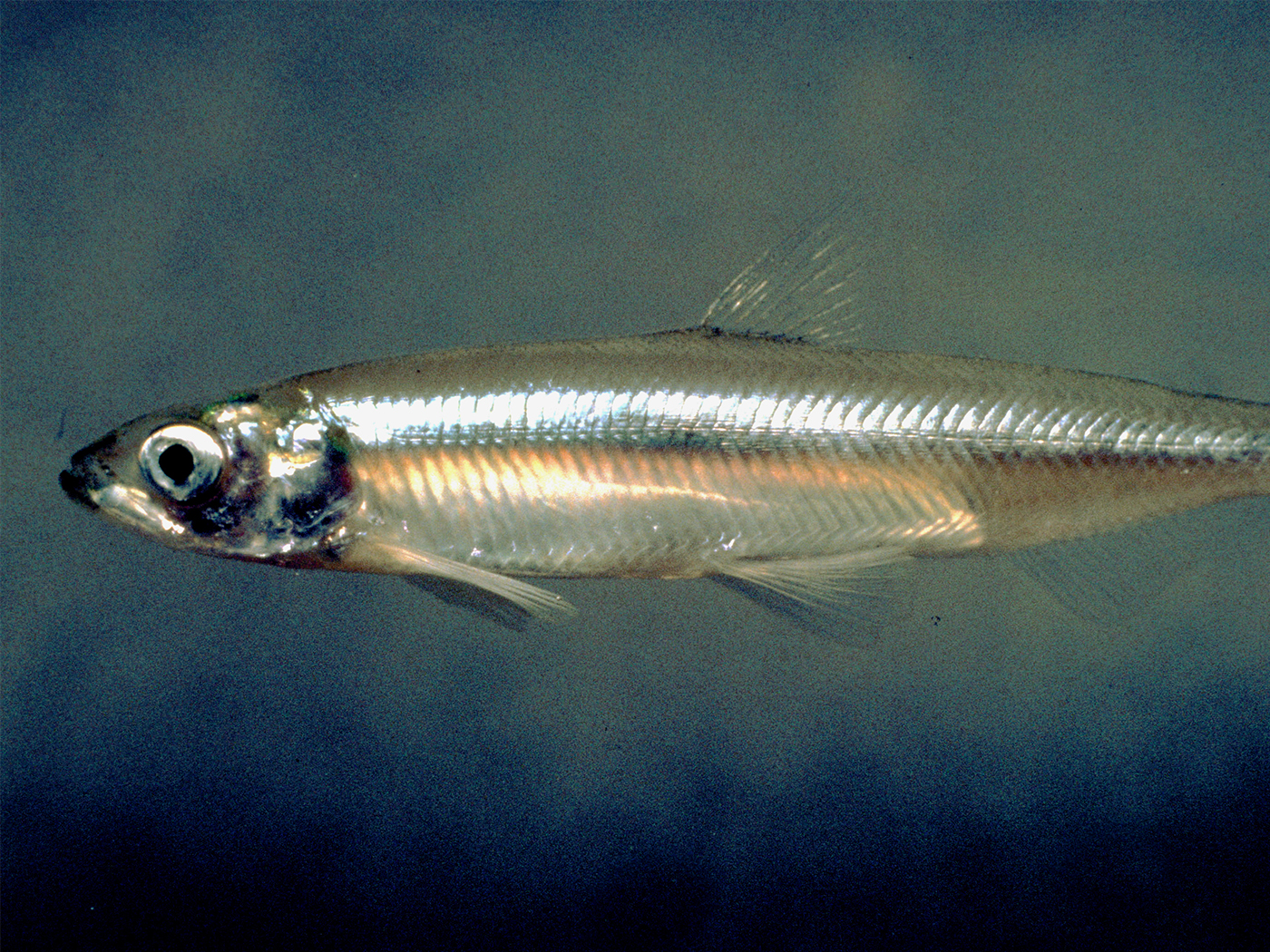Mammal brains contain over a thousand different types of nerve cells, each networked to many other nerve cells in a dazzling, three-dimensional architecture that researchers are only just beginning to understand.1 Brain cells coordinate muscle motion; process visual, audio, temperature, pressure, and olfactory data; and also manage hormones, store ideas, and replay memories. Scientists who bravely tackle the mysterious ways that mammal brains grow from a single cell recently found a new reason to reverse an evolutionary story that tells of ancient viruses infecting mammals.
According to this tale, a unique class of invasive viruses long ago inserted DNA segments called transposable elements (TEs) into mammal genomes. Numerous infections supposedly eventually injected gobs of useless code in mammal genomes. However, the authors of a new study published in Cell Reports noted that this tall tale is toppling:
TEs are repetitive mobile genetic elements that were originally considered [by evolutionists] to be parasitic DNA without any function, popularly termed “junk DNA.” Today, it is becoming increasingly clear that TEs can act as gene regulatory elements….[and thus] are very well suited to influence gene expression and may play an important role in controlling and fine-tuning gene networks in the brain.1
When TEs were first discovered, researchers noticed that they had some of the same genes that viruses use to infect cells. How tempting it was for them to jump to the conclusion that TEs arose from viral infections that merely generated reams of genetic garble! Nevertheless, as researchers gather more and better data, they are witnessing cellular scenes that force them to alter that old script. Will the replacement evolutionary story stand up to scrutiny—or fail like its predecessor?
Any new explanation for TEs should include these details: First, TEs are not stagnant. The Cell Reports study authors, working mostly with mice, found that young nerve cells access a certain type of TEs during brain development.1 Moreover, genetic features unassociated with viral origins precisely interact with those TEs. Last, other research shows that TEs attract transcription factors to specific DNA sites, recruit silencing complexes that shut down DNA regions, and alter splicing patterns to produce useful proteins. TEs also enhance gene expression, repress gene expression, promote expression, rewire gene networks, and supply start sites for cellular machinery to transcribe long non-coding RNAs, which in turn regulate other processes. What are the odds that parasitic infections would inject just the right coding to become integral to so many complicated cellular tasks, as well as contribute to healthy brain development?
Yet, that’s just what the replacement evolutionary story asserted. Did they observe this supposed viral invasion? No, but the alternative is not appealing. If ancient infections did not insert DNA sequences resembling certain viruses into mammal cells, then someone must have fashioned these mobile genetic elements from the beginning.2 That sounds like creation, an option that evolution’s defenders disdain.
To summarize, when secular scientists initially saw no uses for TEs, they declared the sequences were junk. Happily for them, this provided evolution with extra DNA for tinkering and gobs of genetic trash that a supposed creator would not have put there on purpose.3 But now that researchers see plenty of uses for this DNA, what gets the credit for integrating TEs’ precise functions, for example, in developing brain cells? Viruses do. How strange. Surely the Creator God of the Bible would be a better candidate than viruses for orchestrating the coordinated and integrated tasks that TEs perform in constructing mammal brains.
References
- Fasching, L., et al. 2015. TRIM28 Represses Transcription of Endogenous Retroviruses in Neural Progenitor Cells. Cell Reports. 10 (1): 20-28.
- Thomas, B. Were Viruses Created or Evolved? Creation Science Update. Posted on icr.org September 2, 2011, accessed January 16, 2015.
- Thomas, B. 2010. Evolution’s Best Argument Has Become Its Worst Nightmare. Acts & Facts. 39 (3): 16-17.
* Mr. Thomas is Science Writer at the Institute for Creation Research.














